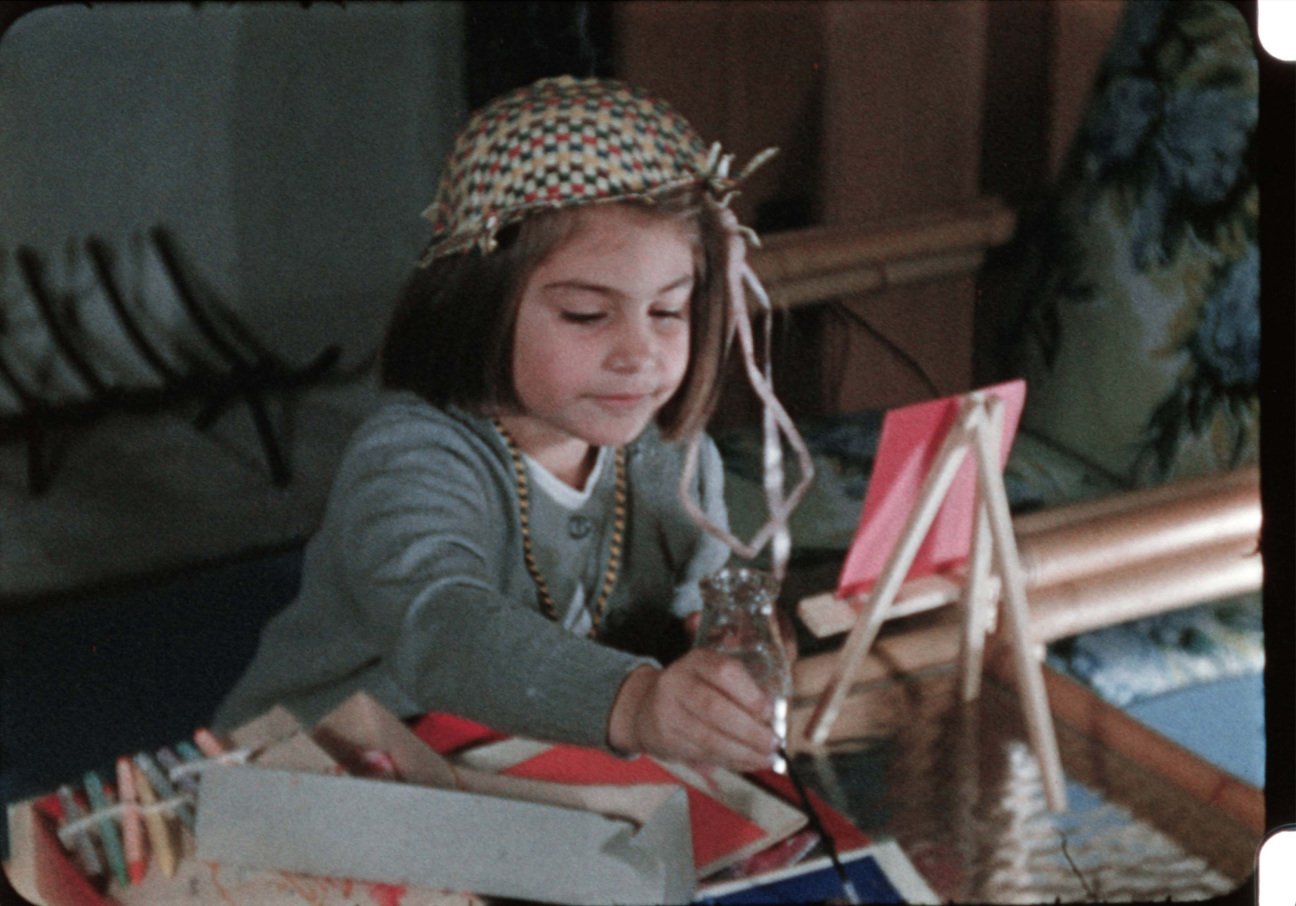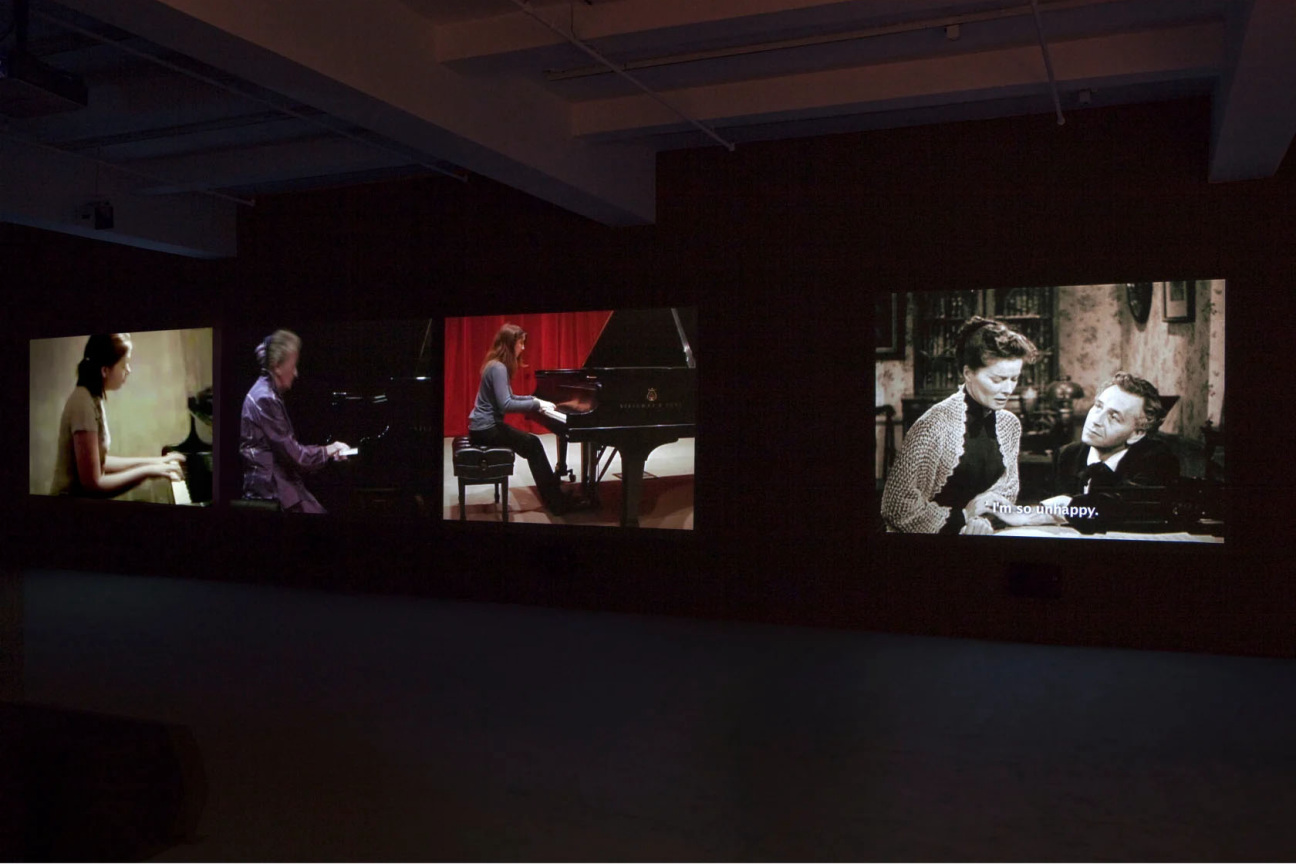
In her late 20s, Dara Birnbaum left a career in architecture behind, dedicating herself to an art practice that explored the role of television—both a sedative and a stimulant—in shaping American culture. During her nearly 50-year career, the New York native has produced subversive video and installation works that, in their appropriation and manipulation of television imagery, pioneered a radical form of expression that has become a shorthand in today’s image-driven culture.
CULTURED: Do you remember your first taste of the art world?
Dara Birnbaum: Since I was very young, I was so in love with what I thought I could do for a culture. I knew I had a great talent and I didn’t want anyone to touch that. I was an architect originally and when I went into the arts, when I finally committed and kind of slipped into [it in] a weird way, I just kept sliding in.
It was a recession in California, and so I took a temporary leave from architecture and went to the San Francisco Art institute. In art school, I had to put my hands into charcoal, which was a no no in my work, because in architecture, you would draft very carefully. I’d come home crying. How do I do this? How do I do this? They offered me a scholarship and I just kept staying with it.
In 1973, when I moved to Italy with my lover, I remember walking into a small gallery thinking people were looking at television, but it wasn't. It was the first time I ever saw a tape produced by an artist. It whetted my appetite. Then, another artist told me to come back to New York. A friend gave me a Portapak and that was it.
CULTURED: Can you identify a moment or two that changed or shaped your understanding of what an artist is?
Birnbaum: I developed what I thought an artist was when I was very young, when I grew up in Queens. When my mother first gave me permission to take the subway, I would go to the original MoMA, and I saw paintings there that just knocked me out.
These are things I should not say, but I loved Van Gogh’s Starry Night and the Monet’s “Water Lilies.” The Monet was in its own room under natural light. To me, that was what an artist was. That was creativity, and nothing has replaced that definition of an artist for me: someone who can bring fantastic new perspectives to the lives of people, to have them ultimately question the way they view the world, to give life to a painting that can still exist over 2000 years and move people.

CULTURED: When did you feel like your practice really found its audience?
Birnbaum: The first exhibit I did in New York was [at] Artists Space. At that time, artists would recommend other artists to show there, and then Dan Graham had recommended that they look at my work, and they rejected it. I had a friend, Suzanne Kuffler, who was asked to show and they liked her work very much and she said, “I don’t wanna show unless I can show with my friend Dara Birnbaum.” Well, I’m the very person they rejected but to get her show, they gave me a show, and we showed together. I did not know what to do because I could not show the work they rejected. That work has now been shown in the Met Breuer and internationally, but at that time I thought, What can I do? What is the most important thing I can say at this time?
And all of a sudden it hit me that Dan had lent me an edition of Screen magazine, these magazines on the semiotics of film and I was in love with them and no one was talking about television. I thought that was strange because, in this country at that time, 1975, television was the most common language. The average American family was watching TV seven hours and 20 minutes a day. I wanted to challenge what television was. I did my first work ever on television called “Lesson Plans,” at Artists Space.
CULTURED: Is there a particular artist who paved the way for what you do?
Birnbaum: Yes. I was always very surprised that when I think about that, the names of male artists come up more than female. I thank people like Dan for the books he lent me and he would sign his name on the inside cover to make sure I gave them back. I would thank Vito Acconci for talking me into coming back to New York, along with Dickie Landry. Dan Graham taught me social relationships. I watched early Joan Jonas performances. I looked into Italy for the first time at a Gerhard Richter and was very moved by it. There are so many artists.

CULTURED: Are there any prized skills from your youth that were inculcated in you that a lot of young talents may not need, or that have been lost in some way?
Birnbaum: I think that the main skill is the creativity of the heart and nothing stops that. I actually have made a very good career reputation, but I would never change a thing for getting a career or reputation. It is finding the talent of what I can say from my heart that I feel is important to share with others.
Now, someone can say that from a long time ago, less artists have the skill of egg tempera, right? Or drawing. Many artists can’t draw. Certainly people in video. Things are thrown away all the time because this society—and I’m mainly talking primarily of my experience in Western European culture—are thrown away for the new.
But what is the new? The new is about perspective. It’s not about what Russia uses. It’s not about how you can draw or not. It is that anything to me is viable as a tool to experiment with. We could also say the art fairs are an art marketplace. I am with my feet in it. I did not expect that, but what I treasure is the artist I can respect who can still do what they have to do and who sees value in something they would never throw out because of a market.
CULTURED: Was there ever a moment when you thought about leaving your practice behind? Why didn’t you?
Birnbaum: There have been a number of moments of thinking that I should change, stepping out of both art and the art market. I love exploring. I love challenging my mind. I love investigation. I love bringing new perspectives to things. So I did think, Gosh, I should have gone after the fantasy of an astronomer. I thought that was cool. Someone in the art world, her daughter is the first one who took a picture of a black hole and got a Nobel Prize for it. So once in a while I’m a little envious.
My brother is a doctor; he saves people. And then I have to say to myself that art can change the way people think and it can challenge them to [see] new perspectives. You can save people too.
CULTURED: Have you surprised yourself creatively lately?
Birnbaum: I was very much excited by video moving image. I was in the first digital editing room in New York. I thought the older I got, the more I could challenge myself, and the field that I chose is so challenging in itself. The surprise is that I am seeing and experiencing things that I want to dive into and challenge. I think A.I. will change the way we live. It’s already doing that. And am I there with two feet on the ground, alive, at my age to challenge it? Even after 45 or 50 years, there is still nothing I want more than to give myself and my voice to a world that I feel has gone awry.
This interview is part of a series of conversations with female artists over the age of 75. To read more, take a look at our stories with the avant-garde Pippa Garner, Brazilian sculptor Sonia Gomes, and prolific creative Liliana Porter.










 in your life?
in your life?

